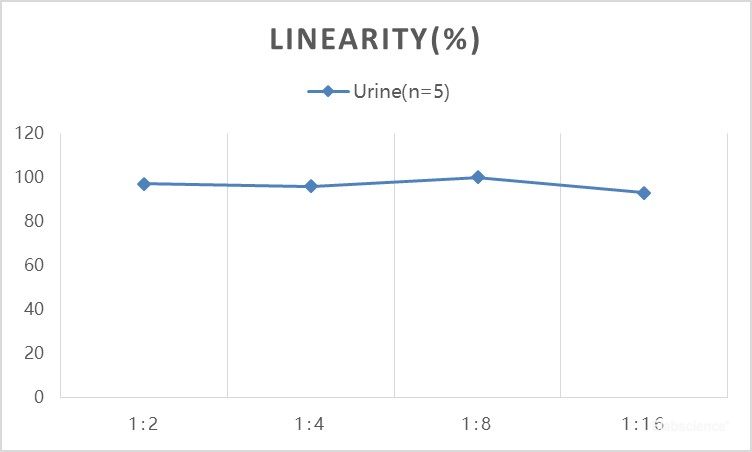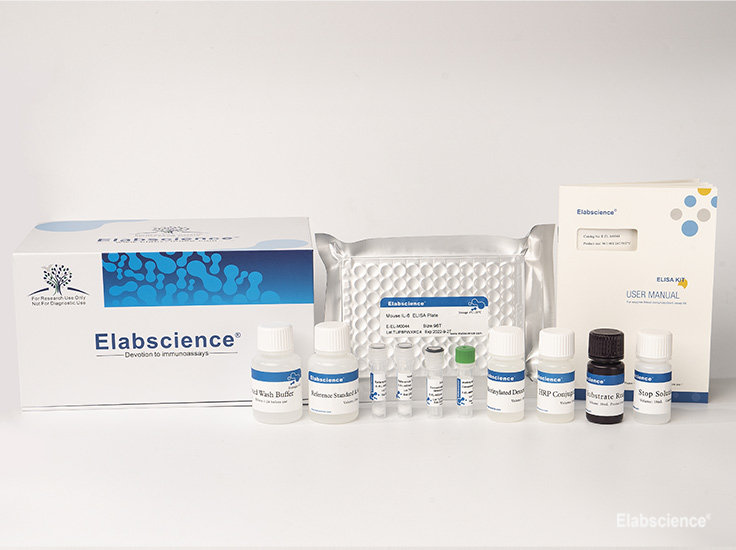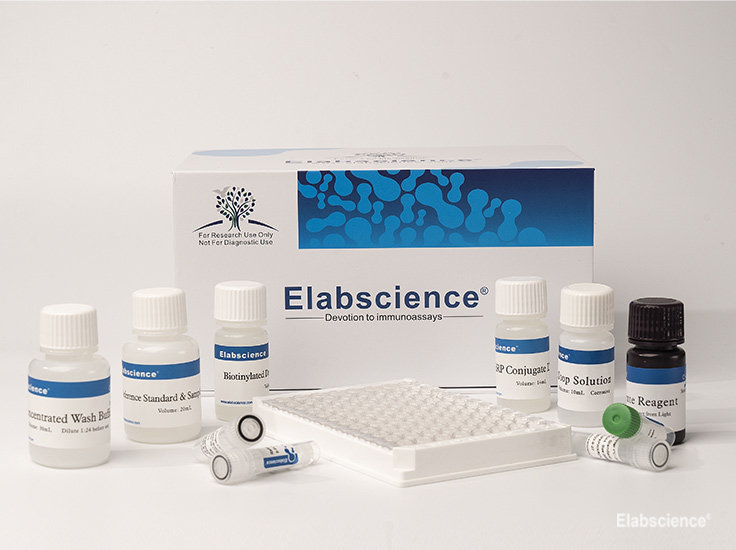Background
Microalbuminuria is a subtle increase in the urinary excretion of the protein albumin that cannot be detected by a conventional assay. In diabetes, microalbuminuria is an early sign of diabetic kidney disease. Specifically, the excretion of greater than 30 mg and less than 300 mg a day of albumin in the urine. The normal urinary albumin is less than 30 mg per 24 hours and 300 mg or more of urinary albumin per day is considered gross albuminuria. The phenomenon of albuminuria has been recognized for more than 200 years, and its association with kidney disease dates to the epochal insights of Richard Bright in 1827[1]. Microalbuminuria is caused by glomerular capillary injury and so may be a marker for diffuse endothelial dysfunction. According to Steno hypothesis, albuminuria might reflect a general vascular dysfunction and leakage of albumin and other plasma macromolecules such as low density lipoproteins into the vessel wall that may lead to inflammatory responses and in turn start the atherosclerotic process [2].
1. Glassock R J. Prevention of Microalbuminuria in Type 2 Diabetes: Millimeters or Milligrams? [J]. Journal of the American Society of Nephrology Jasn, 2006, 17(12):3276.
2. Deckert T, Feldtrasmussen B, Borchjohnsen K, et al. Albuminuria reflects widespread vascular damage [J]. Diabetologia, 1989, 32(4):219.



















